Introduction
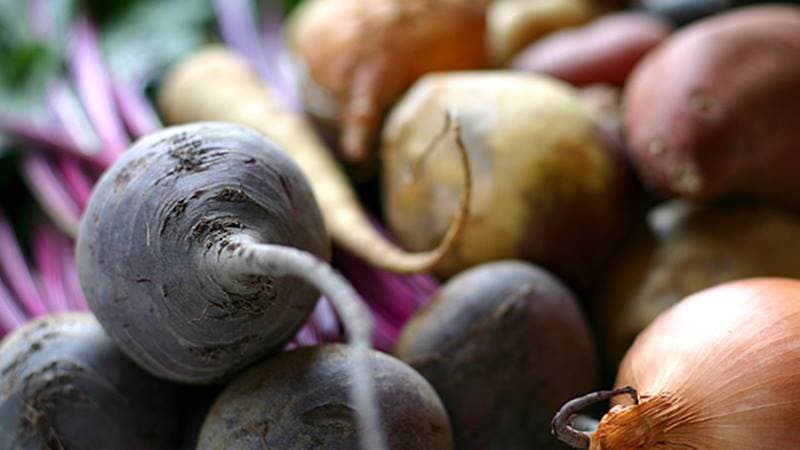
Root vegetables are a versatile and nutritious addition to any diet, and two popular options are parsnips and turnips. While they may look similar, parsnips and turnips have distinct characteristics and flavors that set them apart. This article aims to provide an overview of parsnips and turnips, including their appearance, culinary uses, flavor profiles, and health benefits. By understanding the differences between these root vegetables, readers can make informed choices when cooking and incorporating them into their meals. Whether you’re a parsnip enthusiast or a turnip lover, this root vegetable rumble will help you appreciate the unique qualities of each vegetable.
Overview Of Parsnips And Turnips
Parsnips and turnips are root vegetables that are often used in cooking for their unique flavors and nutritional benefits. Parsnips have a sweet and earthy taste similar to carrots, while turnips have a mild and slightly peppery flavor reminiscent of radishes. Both vegetables are rich in vitamins, minerals, and fiber, making them a healthy addition to any diet. While parsnips are often used in soups, stews, and roasted dishes, turnips can be enjoyed raw in salads or cooked in a variety of ways, such as boiling, roasting, or sautéing.
Nutritional Benefits Of Root Vegetables
Root vegetables, such as parsnips and turnips, offer a wide range of nutritional benefits. They are rich in vitamins, minerals, and fiber, making them a smart choice for a healthy diet. These vegetables are high in vitamin C, which helps boost the immune system and promotes skin health. They also contain vitamin A, which is essential for healthy vision and immune function. Additionally, root vegetables are a good source of potassium, a mineral that aids in regulating blood pressure. The high fiber content in these vegetables promotes digestion and helps maintain a healthy weight. Incorporating root vegetables into your meals can contribute to a well-rounded and nutritious diet.
Characteristics And Appearance

Parsnips and turnips have distinct characteristics and appearances that differentiate them. Parsnips have a tapered shape, similar to carrots, with a creamy white color and a smooth skin. They are relatively smaller in size compared to turnips. On the other hand, turnips have a round shape with a variety of colors, including white, purple, or yellow. They have a slightly rough texture on the skin. Turnips are usually larger than parsnips. These variations in shape, size, and color make these root vegetables visually appealing and versatile for cooking.
Description Of Parsnips
Parsnips are root vegetables that have a distinctive tapered shape, similar to carrots. They have a creamy white color and a smooth skin. Parsnips are relatively smaller in size compared to turnips. They have a sweet and earthy flavor, with a hint of nuttiness. The texture of parsnips is firm and slightly fibrous, but becomes tender when cooked. They can be used in a variety of dishes, including soups, stews, roasted vegetables, and purees. Parsnips are also rich in nutrients such as fiber, vitamins, and minerals, making them a healthy addition to any meal.
Description Of Turnips
Turnips are root vegetables that belong to the Brassica family, which also includes broccoli, cabbage, and kale. They have a round or globular shape with a bulbous bottom and a smooth skin that can be either white or purple. Turnips have a crisp and crunchy texture when raw, but become tender when cooked. They have a slightly bitter and peppery flavor, which becomes milder when roasted or boiled. Turnips are often used in soups, stews, and roasted vegetable dishes due to their versatility and ability to absorb flavors. They are also packed with essential nutrients like vitamins C and K, fiber, and antioxidants.
Culinary Uses
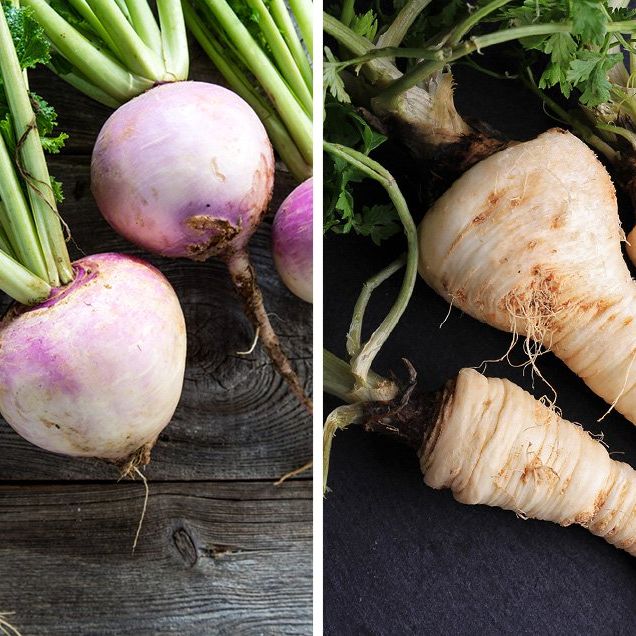
Both parsnips and turnips are versatile root vegetables that can be used in a variety of culinary applications.
Parsnips are often roasted or boiled and used in soups, stews, and purees. They can also be mashed or added to casseroles and gratins. Their sweet, nutty flavor pairs well with herbs like thyme and rosemary, as well as spices like cinnamon and nutmeg.
Turnips are commonly used in soups and stews, and can also be roasted or boiled. They work well in stir-fries and can be pickled for added tanginess. Turnips can be seasoned with herbs like dill and parsley, or spices like paprika and cumin. Additionally, both parsnips and turnips can be used in vegetable medleys or served as a side dish with main courses.
Cooking Methods For Parsnips
There are several cooking methods that can be used to prepare parsnips. They can be roasted, boiled, or even sautéed. Roasting parsnips enhances their natural sweetness and brings out their nutty flavor. Boiling parsnips can soften them and make them easier to puree or mash. Sautéing parsnips in butter or oil can create a crispy and caramelized exterior. Parsnips can also be added to soups, stews, and casseroles for added depth of flavor. They pair well with herbs like thyme and rosemary, as well as spices like cinnamon and nutmeg.
Cooking Methods For Turnips
There are several cooking methods that can be used to prepare turnips. They can be roasted, boiled, mashed, or even used in soups and stews. Roasting turnips can bring out their natural sweetness and create a caramelized exterior. Boiling turnips can soften them and make them easier to mash or puree. Mashed turnips can be a delicious and healthier alternative to mashed potatoes. Turnips can also be added to soups and stews, providing a hearty and earthy flavor. They pair well with herbs like thyme and sage, as well as spices like garlic and paprika.
Flavor Profile And Texture
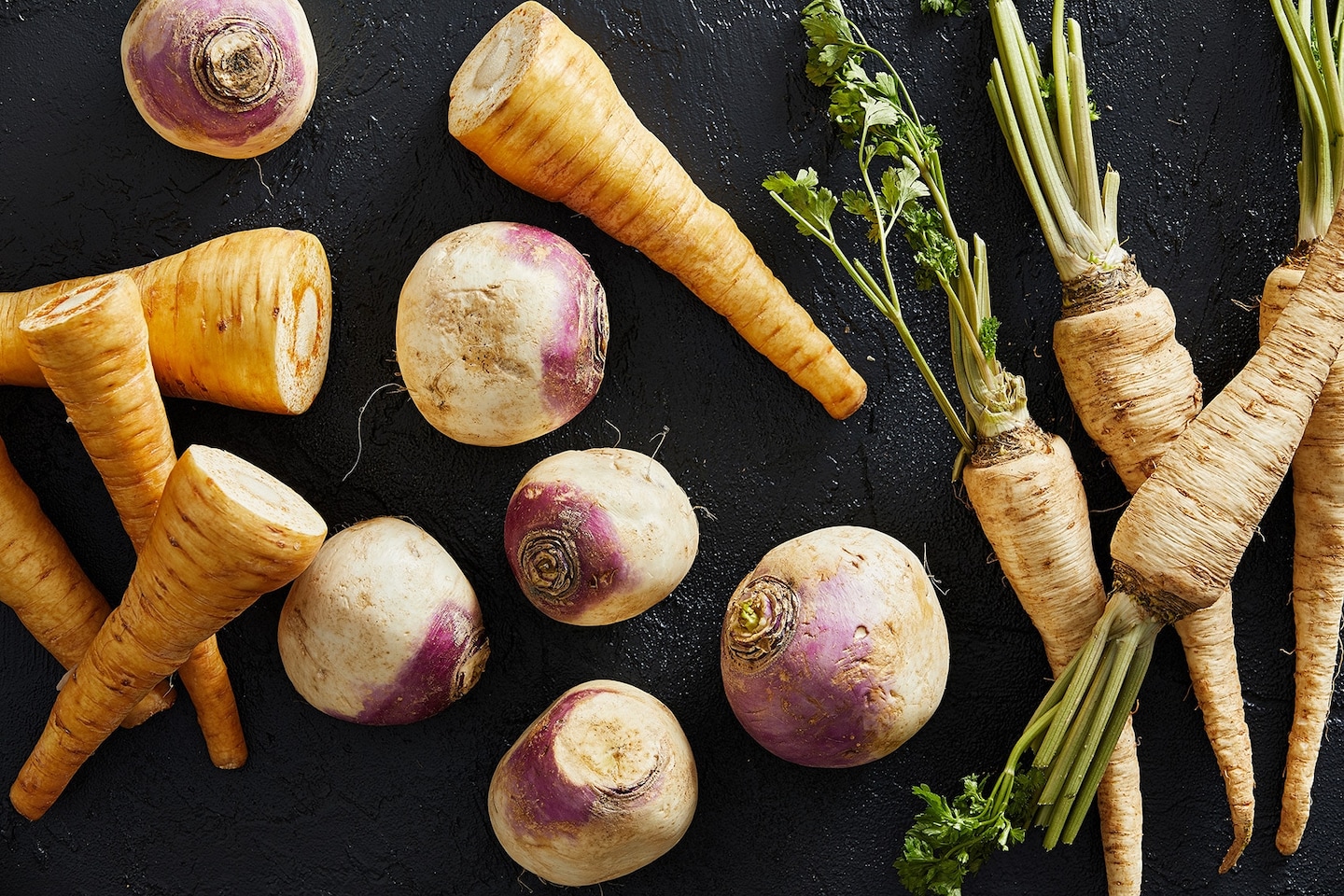
When it comes to flavor, parsnips have a slightly sweeter and nuttier taste compared to turnips. They have a milder flavor that intensifies when cooked, with hints of honey and earthiness. Parsnips also have a tender and creamy texture when cooked, making them perfect for mashing or pureeing. On the other hand, turnips have a sharper and slightly bitter taste, especially when eaten raw. They have a firm and crisp texture, similar to radishes. When cooked, turnips become softer and develop a delicate sweetness.
Taste And Texture Of Parsnips
Parsnips have a unique flavor profile that combines sweetness with earthiness. They have a slightly nutty taste and a subtle hint of honey, which becomes more pronounced when cooked. The texture of parsnips is tender and creamy, making them perfect for mashing or pureeing. When cooked, they become soft and easily melt in your mouth. The sweetness and creamy texture of parsnips make them a versatile ingredient in various dishes, from soups and stews to roasted vegetables and side dishes. Their distinct flavor and texture add depth and richness to any recipe.
Taste And Texture Of Turnips
Turnips have a mild and slightly peppery flavor, similar to that of radishes. They offer a subtle sweetness that becomes more pronounced when cooked. When raw, turnips have a firm and crisp texture, but they become tender and slightly creamy when cooked. The texture of turnips is versatile, allowing them to be used in a variety of dishes. They can be roasted, sautéed, boiled, or mashed to create different textures and flavors. Turnips add a refreshing crunch and a unique taste to salads, stir-fries, soups, and stews. They are a great addition to any dish, adding a distinct flavor and texture to every bite.
Health Benefits And Nutritional Comparison
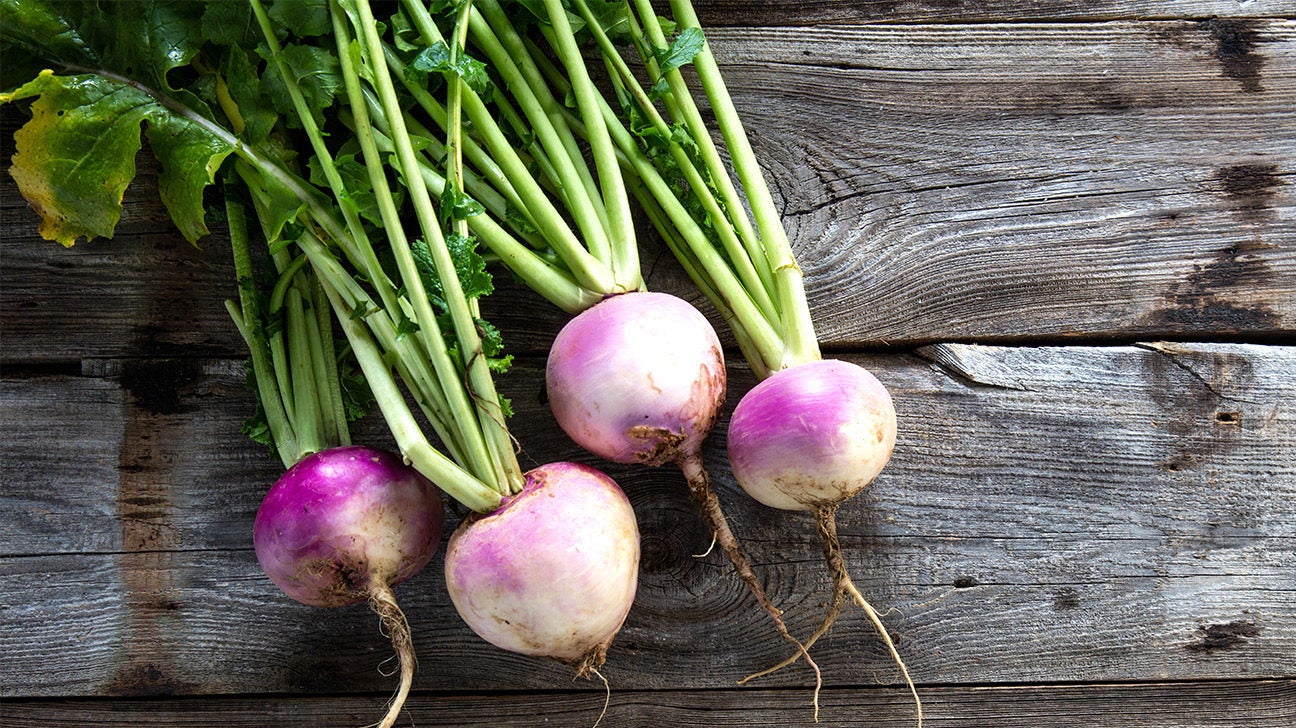
Both parsnips and turnips offer a variety of health benefits due to their rich nutritional content. Parsnips are high in dietary fiber, which promotes healthy digestion and supports gut health. They also contain vitamin C, vitamin K, and potassium. Turnips, on the other hand, are a great source of vitamin C and provide a good amount of fiber as well. Furthermore, turnips are low in calories and fat, making them a suitable option for weight management. Incorporating these root vegetables into your diet can help boost immunity, support bone health, and provide essential nutrients.
Health Benefits Of Parsnips
Parsnips offer numerous health benefits due to their rich nutritional content. They are a great source of dietary fiber, which promotes healthy digestion and supports gut health. The high fiber content in parsnips can also aid in weight management by providing a feeling of fullness and reducing cravings. Additionally, parsnips contain vitamin C, which boosts immunity and supports collagen production for healthy skin. They also provide vitamin K, which is essential for blood clotting and bone health. Incorporating parsnips into your diet can contribute to overall wellness and provide essential nutrients.
Health Benefits Of Turnips
Turnips offer a range of health benefits due to their nutrient-rich composition. They are a great source of vitamin A, which supports healthy vision, immune function, and skin health. Additionally, turnips contain antioxidants that help fight against inflammation and oxidative stress in the body. They also provide a good amount of dietary fiber, promoting digestive health and aiding in weight management. Turnips are low in calories and can be a valuable addition to a balanced diet, contributing to overall well-being. Incorporating turnips into your meals can provide essential nutrients and support a healthy lifestyle.
Conclusion
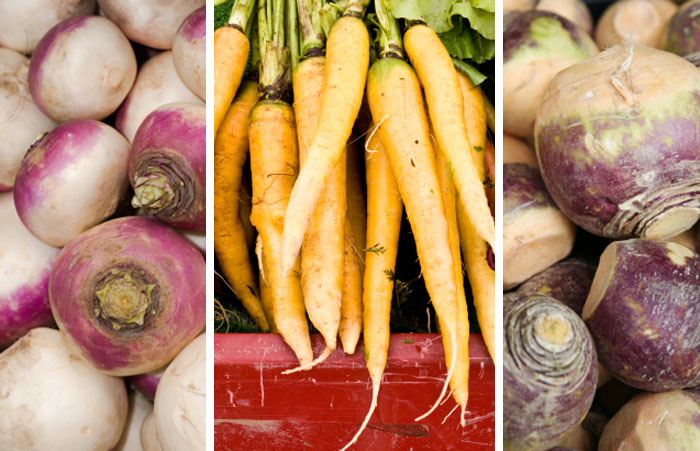
In conclusion, both parsnips and turnips are nutritious root vegetables that offer unique flavors and culinary versatility. Parsnips have a sweeter taste and a creamy texture, while turnips have a more earthy and slightly bitter flavor. They both provide essential nutrients and health benefits, such as vitamins, minerals, and dietary fiber. The choice between parsnips and turnips ultimately comes down to personal preference and the specific dish you are preparing. Whether you choose to incorporate parsnips or turnips into your meals, you can enjoy the wholesome goodness and delicious flavors that these root vegetables have to offer.
Pros And Cons Of Parsnips And Turnips
Parsnips and turnips both have their own set of pros and cons.
Parsnips are praised for their sweet flavor and creamy texture, making them a delicious addition to dishes. They are also rich in fiber, vitamins, and minerals, providing various health benefits. However, some people may find the strong, earthy flavor of parsnips to be overwhelming and may not enjoy them as much.
On the other hand, turnips offer a unique, slightly bitter taste that some individuals find appealing. They are low in calories and high in nutrients, including vitamin C and potassium. However, the strong flavor of turnips may not be enjoyed by everyone, and some may find them too bitter for their liking.
Ultimately, the choice between parsnips and turnips depends on personal preference and the desired flavor profile for a particular dish.
Choosing The Right Root Vegetable For Different Dishes And Preferences
When it comes to choosing the right root vegetable for different dishes and preferences, it ultimately boils down to personal taste and the desired flavor profile.
For those who prefer a sweeter, creamier taste, parsnips are an excellent choice. They can be used as a substitute for carrots in various recipes, adding a subtle nutty flavor.
On the other hand, if you prefer a slightly bitter taste, turnips are a great option. They can be enjoyed roasted, sautéed, or even used in soups and stews.
Ultimately, experimenting with both parsnips and turnips can help you discover which root vegetable complements your dishes and satisfies your taste buds the most.
Frequently Asked Questions: Parsnips vs Turnips
- What are parsnips and turnips?
Parsnips and turnips are both root vegetables that belong to the same family, but they have some distinct differences in flavor, appearance, and usage. - How do parsnips and turnips differ in taste?
Parsnips have a sweet, nutty, and earthy flavor with hints of parsley or carrot-like sweetness. On the other hand, turnips have a slightly bitter and peppery taste when raw, but they become sweeter and milder when cooked. - Do parsnips and turnips have similar nutritional value?
While parsnips and turnips are both nutritious, their nutrient compositions differ slightly. Parsnips are an excellent source of dietary fiber, vitamin C, potassium, and folate, while turnips provide a good amount of vitamin C, fiber, and minerals such as calcium and potassium. - Can parsnips and turnips be used interchangeably in recipes?
Although parsnips and turnips can be used interchangeably in some recipes, their flavors and textures are quite distinctive. It’s best to utilize parsnips when you desire a sweeter, more delicate flavor, while turnips are more suitable for adding a hearty, earthy taste to dishes. - Can parsnips and turnips be eaten raw?
While both parsnips and turnips are safe to eat raw, they are often cooked to enhance their flavors and textures. Raw parsnips can be grated or sliced into salads for added crunch and flavor. Turnips, however, are more commonly cooked to reduce their slight bitterness and improve their taste. - Are parsnips and turnips seasonal vegetables?
Both parsnips and turnips thrive in cooler climates and are considered cool-season vegetables. They are typically harvested in late fall and can usually be found in grocery stores during the fall and winter months. - How can parsnips and turnips be stored?
Parsnips and turnips can be stored similarly. Keep them in a cool, dry place away from direct sunlight. For extended shelf life, you can store them in the refrigerator, preferably wrapped loosely in a plastic bag. - What are some popular recipes featuring parsnips and turnips?
Parsnips are commonly used in dishes like roasted parsnip fries, creamy parsnip soup, or mashed parsnips. Turnips are often used in dishes such as turnip gratin, turnip and potato mash, or pickled turnips.
In summary, while parsnips and turnips share some similarities as root vegetables, they possess distinct flavors and can be used differently in cooking. Experimenting with both vegetables can help diversify your culinary creations and introduce new flavors to your meals.

Kemah Cafe is a family-owned eatery that takes pride in offering a delightful array of Vietnamese, Chinese, and Thai dishes. Located at the heart of the community, Kemah Cafe has been serving up delicious Pho and other authentic Asian cuisine for many years. Founded with a passion for sharing the flavors of the East, Kemah Cafe has become a beloved culinary destination for locals and visitors alike. The warm and welcoming atmosphere of the cafe, combined with the tantalizing aromas of freshly prepared dishes, creates an unforgettable dining experience.